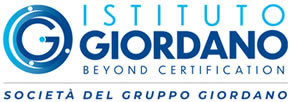DEGREES OF IP PROTECTION: TESTS ACCORDING TO EN 60529
IP Tests: how do they take place?
IP tests are used to assess the degree of protection of electrical enclosures against the penetration of solid foreign bodies and water. IP protection tests carried out by Istituto Giordano verify the product's resistance to the ingress of small objects and dust, and to water through rain, splashes, jets and immersion.Istituto Giordano is able to perform the tests for the evaluation of the IP rating according to EN 60529 - Degrees of Protection of Enclosures (IP Code), under ISO 17025 (tests accredited by ACCREDIA).
What does the IP rating indicate?
In summary, the IP rating clearly defines the ability of an enclosure to protect the electrical equipment inside, ensuring its safety and functionality in different environments.The IP grade is generally indicated by two characteristic digits plus any two letters (additional and supplementary).
IP code: this is how it is structured
First digit: protection of persons against contact with hazardous parts and protection of materials against the ingress of solids;Second digit: protection of materials against harmful ingress of water;
Additional letter: to be used if the protection of persons against contact with hazardous parts is higher than the protection against the entry of solid bodies required by the first characteristic numeral;
Supplementary: to be used to provide further information about the material.
NOTE: when a characteristic digit is not required, it is replaced by the letter “X” (“XX” if both digits are omitted), additional and/or supplementary letters may be omitted without being replaced.
Example:

IP GRADES TABLE: IP classification
| Element | Digit or letter | Significance for equipment protection | Significance for the protection of persons |
| Characteristic letter | IP | - | - |
| First characteristic figure | Against the penetration of solid foreign bodie
| Against access to dangerous part | |
| 0 | (unprotected) | (unprotected) | |
| 1 | ≥ 50 mm in diameter | Back of the hand | |
| 2 | ≥ 12,5 mm in diameter | Finger | |
| 3 | ≥ 2,5 mm in diameter | Tool | |
| 4 | ≥ 1,0 mm in diameter | Edge | |
| 5 | Protected against dust | Edge | |
| 6 | Fully protected against dust | Edge | |
| Second characteristic figure | Against the penetration of water with harmful effects | ||
| 0 | (unprotected) | ||
| 1 | Vertical drop | ||
| 2 | Falling water drops (15° inclination) | ||
| 3 | Rain | ||
| 4 | Splashing water | ||
| 5 | Water jets | ||
| 6 | Powerful waves or jets of water | ||
| 7 | Temporary immersion | ||
| 8 | Continuous immersion | ||
| 9 | Water jets at high pressure and temperature | ||
| Additional letter | Against access to dangerous parts | ||
| A | Back of the hand | ||
| B | Finger | ||
| C | Tool | ||
| D | Edge | ||
| Additional information | |||
| Supplementary letter | H | Suitable for high-voltage equipment | |
| M | Moving device during water test | ||
| S | Device stopped during water test | ||
| W | Special weather conditions | ||
| Protection against the ingress of solid foreign bodies - first digit | ||||
| Degree of protection | Protection against penetration of solid foreign bodies | Protecting people against access to dangerous parts | ||
| IP1X | ≥ 50 mm | 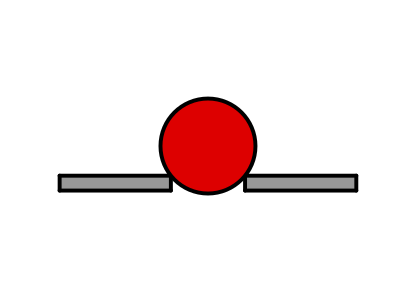 | Back of the hand | 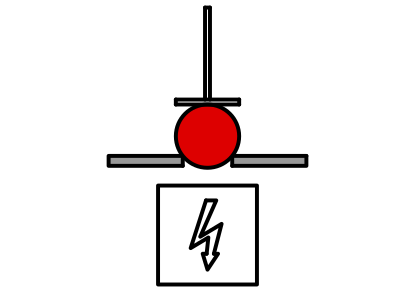 |
| IP2X | ≥ 12,5 mm | 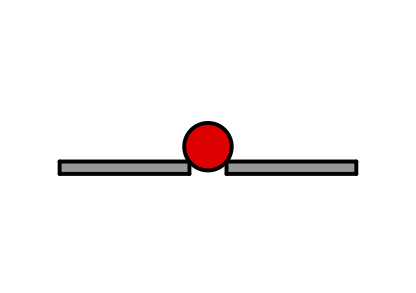 | Finger |  |
| IP3X | ≥ 2,5 mm | 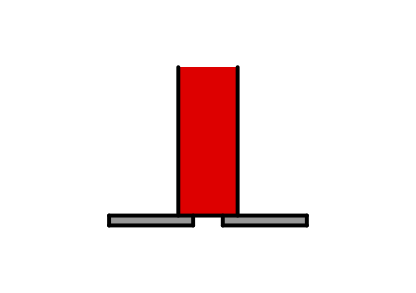 | Tool | 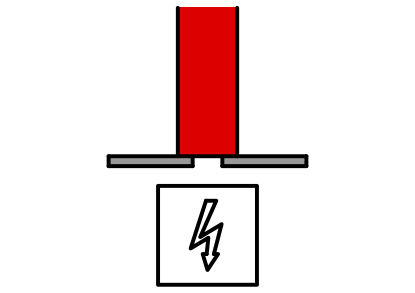 |
| IP4X | ≥ 1,0 mm | 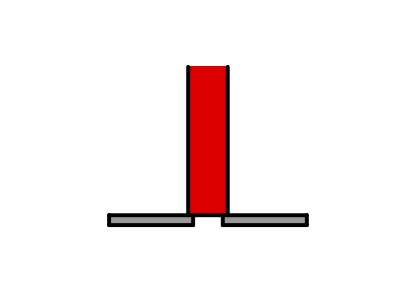 | Cable | 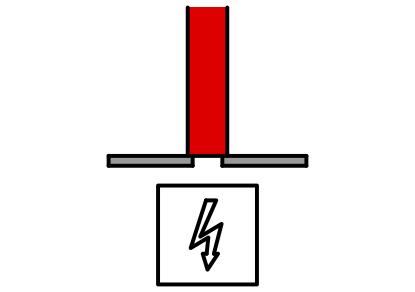 |
| IP5X | Protected against dust | 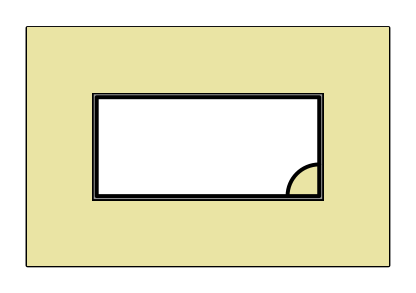 | 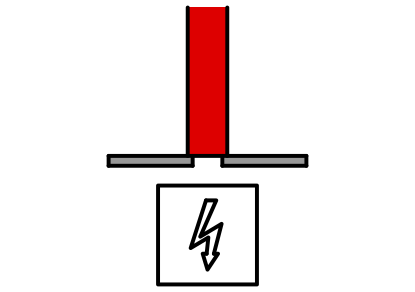 | |
| IP6X | Fully protected against dust |  | 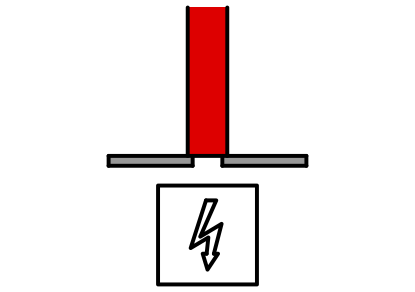 | |
| Protection against water ingress - second digit | ||
| Degree of protection | Protected against | Description of the test |
| IPX1 | Drip water |  |
| IPX2 | Drip water with 15° inclination |  |
| IPX3 | Rain |  |
| IPX4 | Water splashes |  |
| IPX5 | Water jets |  |
| IPX6 | Powerful waves or jets of water |  |
| IPX7 | Temporary immersion |  |
| IPX8 | Continuous immersion |  |
| IPX9 | Water jets at high pressure and temperature |  |
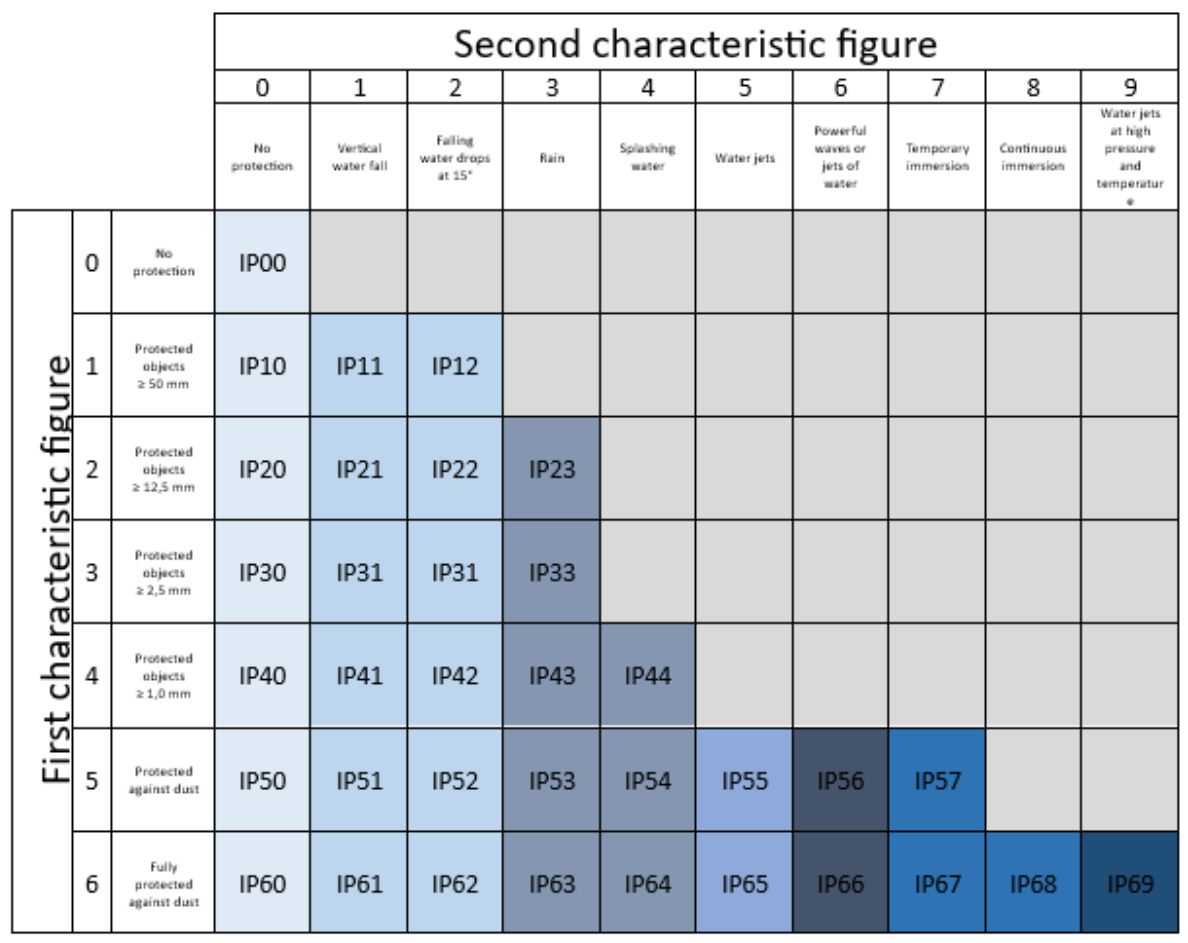
| Broad indication of the environment in which the equipment will be use | |
| Luminaires placed in dry rooms | |
| Luminaires placed in damp rooms | |
| Devices subjected to rain (partially sheltered or not sheltered) | |
| Flushed appliances | |
| Devices subjected to washing with powerful jets or waves | |
| Devices subjected to temporary or permanent immersion | |
| Steam-cleaned appliances | |
Over time, the laboratory has acquired considerable experience in the field of planning and carrying out IP tests in an ad hoc manner, in order to be able to verify particular requirements and support the customer in activities that do not fully fall within the scope of the standards (e.g. IP tests on mechanical component enclosures).
A special feature of the laboratory is a dust chamber for the evaluation of IP5X, IP6X grades for large objects (1000 x 1000 x 2000h mm).


















 Do you need more information about our services?
Do you need more information about our services?